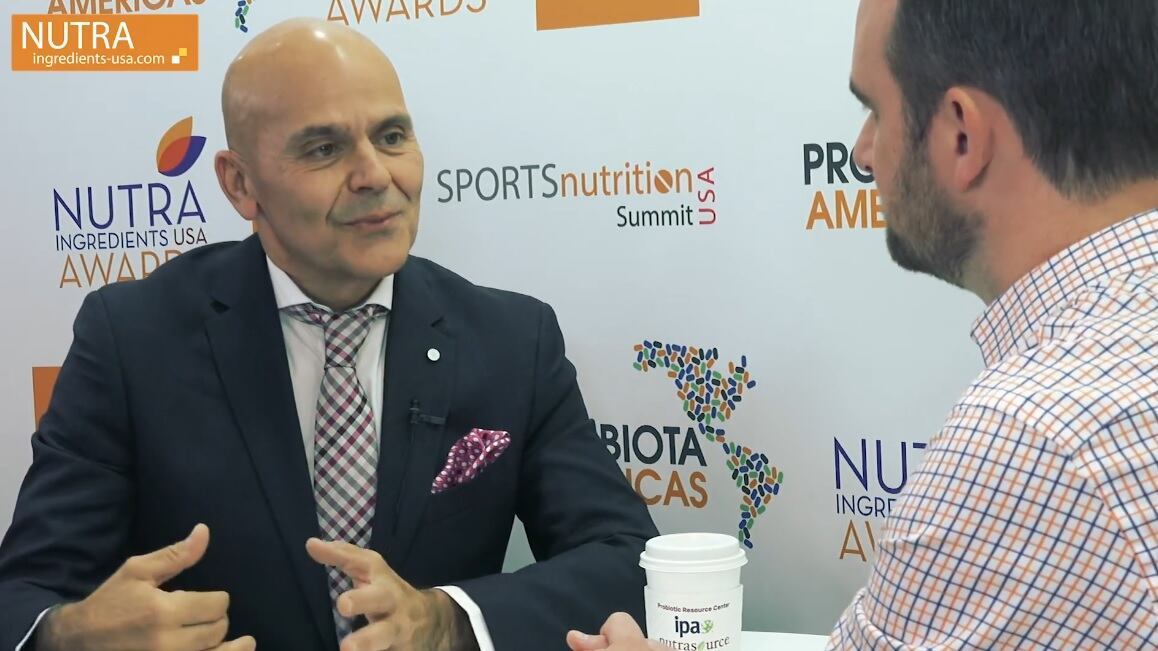Nutrition deficiencies wreak havoc on cognitive and physical health, as well as contribute to disease. With as many as 2 billion people across the globe affected by malnutrition, it remains a top public health concern in developing nations.
While food fortification is effective in treating micronutrient deficiencies, its global implementation has been challenging given the technical limits posed by micronutrient stability during cooking and storage, which prevents adequate absorption.
Cooking up a solution
With funding from the Bill and Melinda Gates Foundation, MIT scientists set out to develop new microparticle platform that could help fortify foods with essential micronutrients. The researchers developed a new strategy for encapsulating nutrients that made it easier to fortify foods by enclosing them in a biocompatible polymer compound (BMC) that prevents the nutrients from being degraded during storage or cooking. BMC is currently used in dietary supplements, and in the United States it is classified as "generally regarded as safe."
Scientists found that they were able to encapsulate 11 different micronutrients, including zinc, vitamin B2, niacin, biotin, and vitamin C, as well as iron and vitamin A using this polymer. They also demonstrated that they could co-encapsulate up to four of the micronutrients together.
"We are really excited that our team has been able to develop this unique nutrient-delivery system that has the potential to help billions of people in the developing world,” said Robert Langer, a research scientist at MIT’s Koch Institute, and senior author of the study.
From inception to human clinical trials
Lab tests showed that the encapsulated micronutrients remained intact after being boiled for two hours, and were protected from ultraviolet light as well as from oxidizing chemicals. Once introduced to very acidic conditions, similar to those found in the stomach, the polymer becomes soluble and the micronutrients were released.
The researchers first tested mice and found that particles broke down in the stomach, as expected, and then traveled to the small intestine to be absorbed.
Following the mouse success, the researchers put the pH-sensitive, heat-stable encapsulated micronutrients to the test in human subjects.
In their first trial, the researchers incorporated encapsulated iron sulfate into corn porridge, a common food in developing world. It was given to female university students in Switzerland, most of whom were anemic. That study found the subjects did not absorb as much iron as the researchers had hoped. The amount of iron absorbed was less than half of what was absorbed by subjects who consumed iron sulfate that was not encapsulated.
Take two
Researchers went back to the drawing board to reformulate the particles. They found that if they increased iron sulfate in the particles from 3% to 18%, they could achieve iron absorption rates similar to the percentage for unencapsulated iron sulfate.
"Reformulation of the microparticles was possible because our platform was tunable and amenable to large-scale manufacturing approaches," said Aaron Anselmo, the paper's lead co-author. "This allowed us to improve our formulation based on the feedback from the first trial."
The researchers are now working on gaining regulatory approval from the Joint Food and Agriculture Organization/World Health Organization Expert Committee on Food Additives (JECFA) so that they can conduct a similar study in a developing country, where micronutrient deficiencies are more common.
The authors conclude, "Using process development approaches capable of kilogram-scale synthesis, we increased iron loading more than 30-fold. Scaled batches tested in a follow-up human study exhibited up to 89% relative iron bioavailability compared to free iron. Collectively, these studies describe a broad approach for clinical translation of a heat-stable ingestible micronutrient delivery platform with the potential to improve micronutrient deficiency in the developing world."
Science Translational Medicine
13 Nov 2019: Vol. 11, Issue 518, eaaw3680 DOI: 10.1126/scitranslmed.aaw3680
"A heat-stable microparticle platform for oral micronutrient delivery"
Authors: A. Anselmo, et al




